If during the inpatient treatment, there is a change in the benefit level, the patient is responsible for providing new card information, and the medical facility must check and apply the new benefit level before discharge. These regulations aim to ensure that health insurance payments are made fully and promptly in accordance with the patient's rights in all cases. The medical examination and treatment facility is responsible for checking the benefits and benefit levels of the health insurance participant before the end of the medical examination, treatment, and discharge.
Compared to before, when Decree 188 was not available, patients who voluntarily seek outpatient treatment at provincial or central hospitals (without a referral letter) will not have their outpatient costs paid by the Health Insurance Fund, except in some cases of emergency or inpatient treatment at central hospitals (for example, the Health Insurance Fund only pays 40% of inpatient costs at central hospitals according to the 2014 Health Insurance Law). This means that outpatients who seek outpatient treatment at provincial or central hospitals must pay all costs themselves.
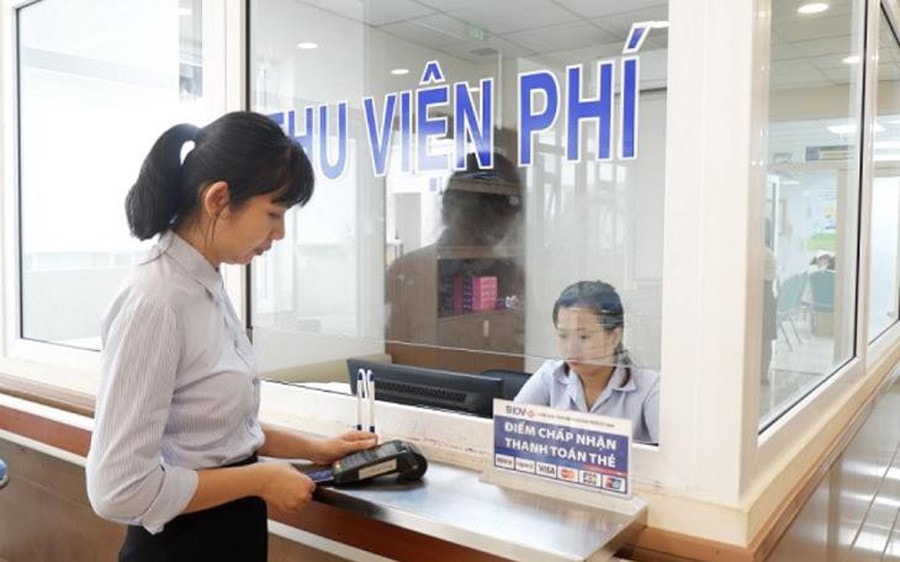
The new regulation for the first time allows health insurance to pay for outpatient treatment costs at a rate of 50% or 100% depending on the case, according to the roadmap.
Level 50% means that the health insurance fund pays half of the cost within the benefit scope (for example, if the benefit is 80%, health insurance pays 40%, the patient pays the rest).
Level 100% means the fund pays all costs according to the benefit rate stated on the health insurance card.
This is a big step forward: from 0% before, now outpatients who go to the wrong location are supported with 50-100% of the cost within the insurance coverage, thereby narrowing the gap in benefits between in-line and out-of-line examinations, moving closer to the goal of equitable universal health insurance.
In addition, previously, the cost of on-demand service examination was not covered by health insurance at all. Patients who chose the requested service (for example, seeing a professor or visiting a service room) had to pay the entire amount themselves, health insurance only covered the services in the standard list.
Now, the new regulation allows health insurance to pay part of the cost within the scope of benefits even when examining services.
Source: https://baonghean.vn/quy-dinh-muc-huong-va-thanh-toan-bao-hiem-y-te-khi-kham-chua-benh-ngoai-tru-10305318.html



![[Photo] Prime Minister Pham Minh Chinh chairs meeting of National Steering Committee on International Integration](https://vphoto.vietnam.vn/thumb/1200x675/vietnam/resource/IMAGE/2025/8/26/9d34a506f9fb42ac90a48179fc89abb3)
![[Photo] Prime Minister Pham Minh Chinh receives CEO of Samsung Electronics](https://vphoto.vietnam.vn/thumb/1200x675/vietnam/resource/IMAGE/2025/8/26/373f5db99f704e6eb1321c787485c3c2)


![[Photo] Brilliant red of the exhibition 95 years of the Party Flag lighting the way before the opening](https://vphoto.vietnam.vn/thumb/1200x675/vietnam/resource/IMAGE/2025/8/27/e19d957d17f649648ca14ce6cc4d8dd4)
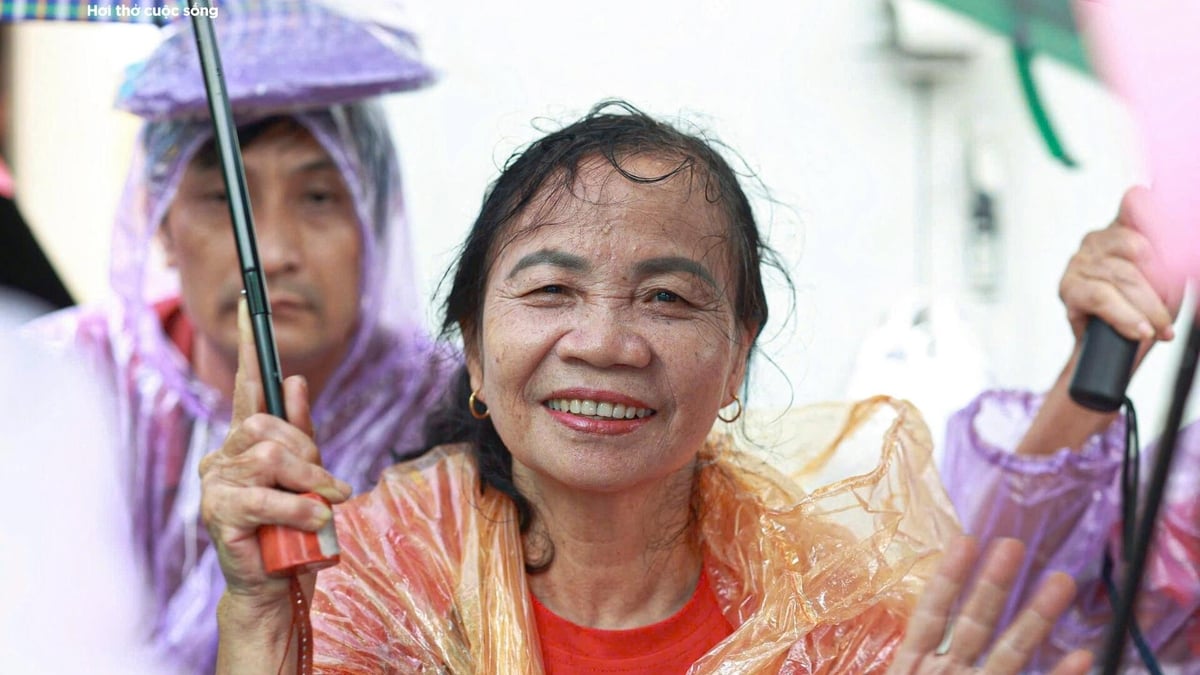














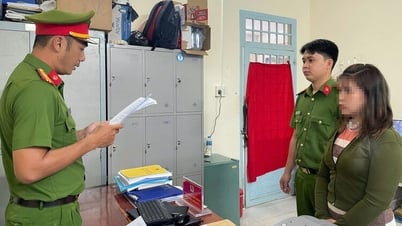



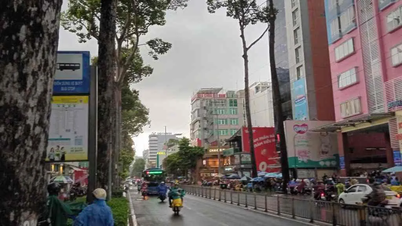

















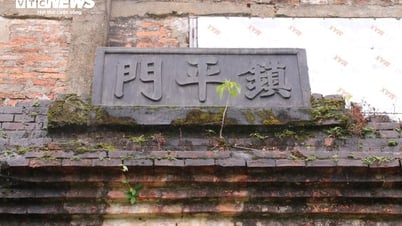























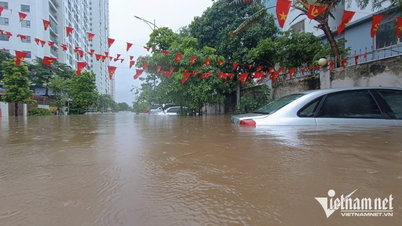
![[Photo] General Secretary To Lam attends Meeting with generations of National Assembly deputies](https://vphoto.vietnam.vn/thumb/402x226/vietnam/resource/IMAGE/2025/8/27/a79fc06e4aa744c9a4b7fa7dfef8a266)











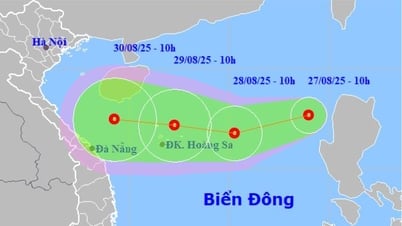















Comment (0)